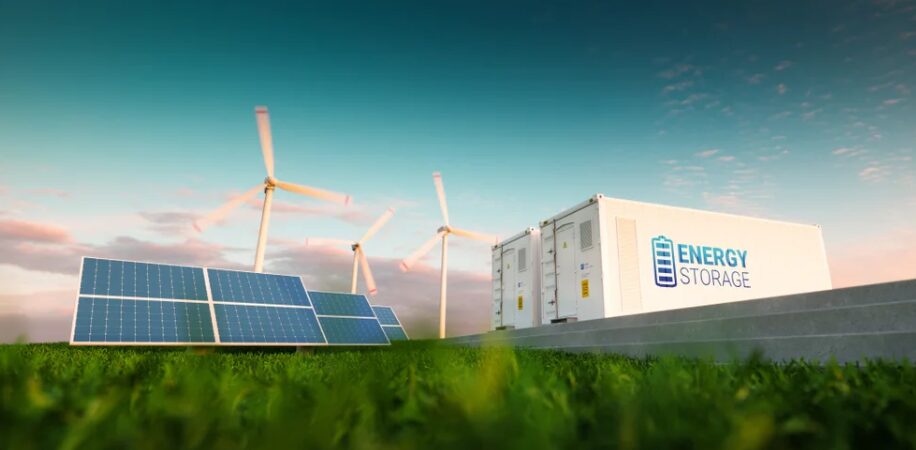In an era of growing energy demands and the push toward sustainability, Battery Energy Storage Systems are key to transforming electricity generation, storage, and use. By bridging the gap between renewable energy sources and reliable power distribution, BESS enhances energy efficiency and supports a cleaner future. It stores excess power during low demand and discharges it during peak times, making it vital for stable, cost-effective electricity for homes, businesses, and utilities.
Redefining the Core of Energy Storage
Unlike conventional storage methods, these systems rely on advanced batteries to store electricity for later use. They are not only compact and flexible but also capable of delivering power on demand. Integrated with smart control technologies, they ensure optimal energy flow, reduce dependence on fossil fuels, and support renewable energy sources such as solar and wind.
At the heart of these solutions lies a sophisticated network of components that work together to deliver maximum efficiency. This includes lithium-ion or alternative battery types, intelligent inverters, and data-driven energy management systems.
Versatile Uses of Advanced Storage Solutions
The adaptability of modern energy storage systems makes them valuable across diverse areas. From individual users to large-scale operations, these systems are driving change in numerous ways:
1. Residential Power Solutions
Homeowners benefit from using these systems to store electricity generated from renewable sources, such as solar panels. This setup reduces dependency on the main grid, lowers energy costs, and offers a reliable backup during power outages.
2. Optimizing Commercial Operations
Businesses utilize these storage solutions to manage energy efficiently, especially during peak hours. This helps reduce operational costs, maintain productivity during disruptions, and align with sustainability goals by leveraging cleaner power sources.
3. Integration with Smart Cities
As urban areas evolve into smart cities, energy storage systems are becoming a critical component. They support intelligent energy distribution and power smart grids and facilitate the adoption of eco-friendly technologies in transportation and infrastructure.
4. Boosting Renewable Projects
Renewable energy plants, such as wind and solar farms, incorporate these systems to store surplus power generated during favorable conditions. This stored energy can be dispatched to the grid during periods of low production, ensuring a continuous and stable supply of electricity.
Driving Technological Innovations in Energy Storage
The rapid advancements in energy storage technologies are shaping the future of power management. Innovations like solid-state batteries and AI-driven optimization systems are driving efficiency and scalability. These advancements lead to faster charging, enhanced safety, and cost-effective solutions for businesses and households.
Efforts to increase energy density and reduce production costs are making these systems more accessible, paving the way for widespread adoption and significant environmental benefits.
The Significance of This Technology in Achieving Energy Goals
As the world transitions to renewable energy, these systems play a vital role in achieving sustainability targets. By effectively integrating renewable energy sources into the grid, they reduce dependency on fossil fuels and lower carbon emissions. Additionally, they offer energy independence for individuals and businesses alike, paving the way for a decentralized and resilient energy future.
The global adoption of these solutions highlights their significance in reducing energy costs, enhancing reliability, and promoting environmental stewardship. Embrace this technology to drive long-term energy efficiency and sustainability.
Conclusion
The evolution of energy storage is reshaping the way we think about power generation and consumption. These systems have proven to be a game-changer in addressing the complexities of modern energy needs. By providing reliable, efficient, and sustainable solutions, they are helping to revolutionize the energy landscape. Whether you’re looking to optimize energy use at home, improve industrial efficiency, or support a renewable energy initiative, these systems offer the perfect solution.


